Description
Exhaust-gas turbochargers are a key technology to enhance performance, reduce fuel consumption, and lower exhaust emissions. When fitted to direct-injection diesel engines, they reduce fuel consumption by up to 25 percent compared with similar gasoline engine with duct injection. For this reason, they have taken over almost the entire market segment. The trend with gasoline engines is toward downsizing, that is to say, a reduction in cubic capacity for the same power output. This is achievable by turbocharging, since the high power-to-capacity ratio of these engines requires an increase in the air mass supplied to the engine. This is only attainable by supercharging. Inevitably, the number of turbocharged gasoline engines will undergo a significant rise worldwide.
The power output of an internal combustion engine mainly depends on the air mass supplied to the combustion process and this is achieved by employing a turbocharger. It utilizes exhaust-gas energy to precompress the intake air and supply a greater air mass-and therefore more oxygen-to the engine, achieving greater efficiency in the combustion process.
Exhaust-gas turbocharging permits an increase in maximum torque and maximum power output (while retaining constant work volume), and a rise in mean pressure, without requiring any mechanical drive output from the engine that normally occurs with mechanical supercharging, e.g. a compressor. This increase can be harnessed to fit a more powerful engine with approximately the same dimensions as the original engine. Alternatively-and the trend is pointing in this direction-it can be utilized to implement downsizing concepts that can lower fuel consumption and CO2 emissions without a tradeoff on power output.
Features:
High-speed compressor wheels:
Provide greater balancing precision
Optimized speed stability
Reduce running noise
Double piston rings on rotor shaft
Reduce oil consumption and enhance protection against foreign particles
Turbine housings made of high-tech materials
Achieve greater thermal stability and longevity
Functional process-controlled center housing
Attain progressive balancing of the rotor shaft
Enhance running performance
Reduce abrasion
Less noise emission
Electron welded rotor shaft and wheels
Guarantee high strength
Specifications:
Per Car Qty: 1
Condtion: New
Type with Manifold/Actuator

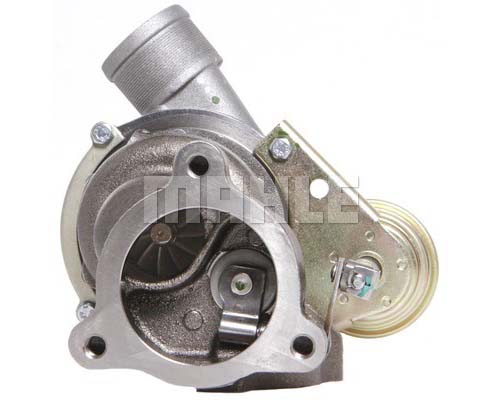
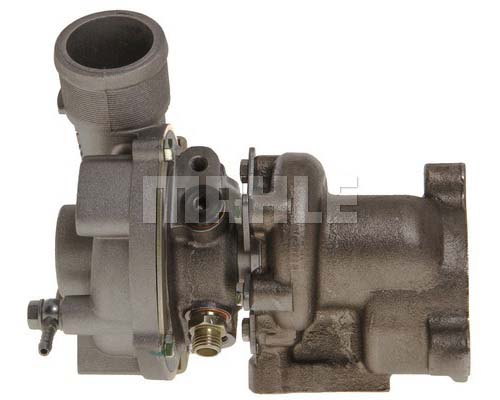
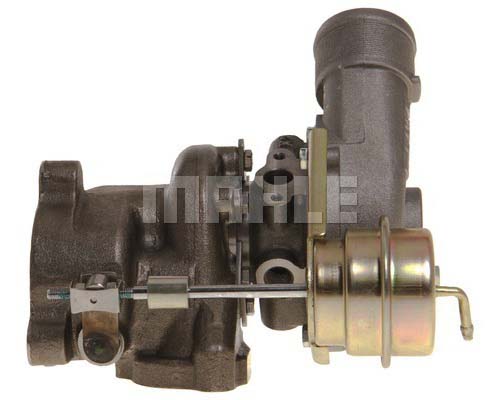
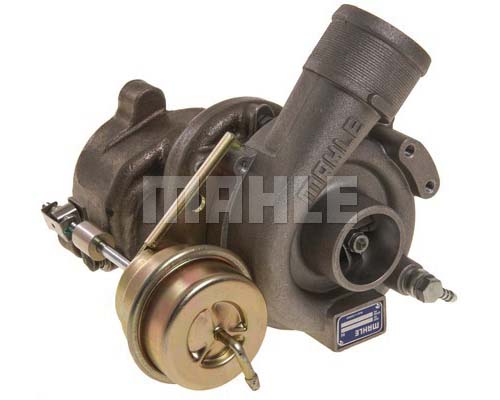
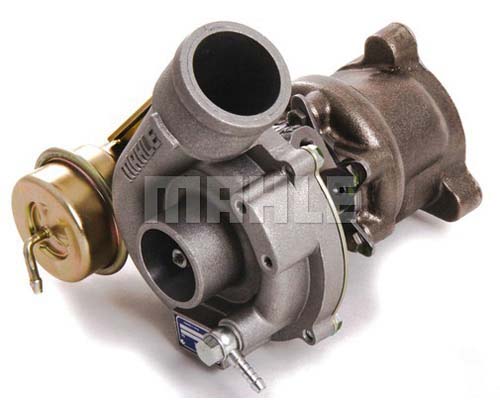
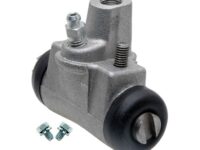
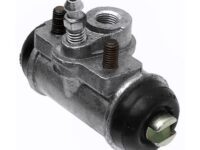
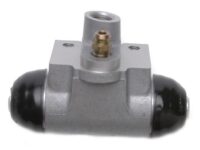

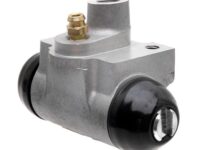
Reviews
There are no reviews yet.